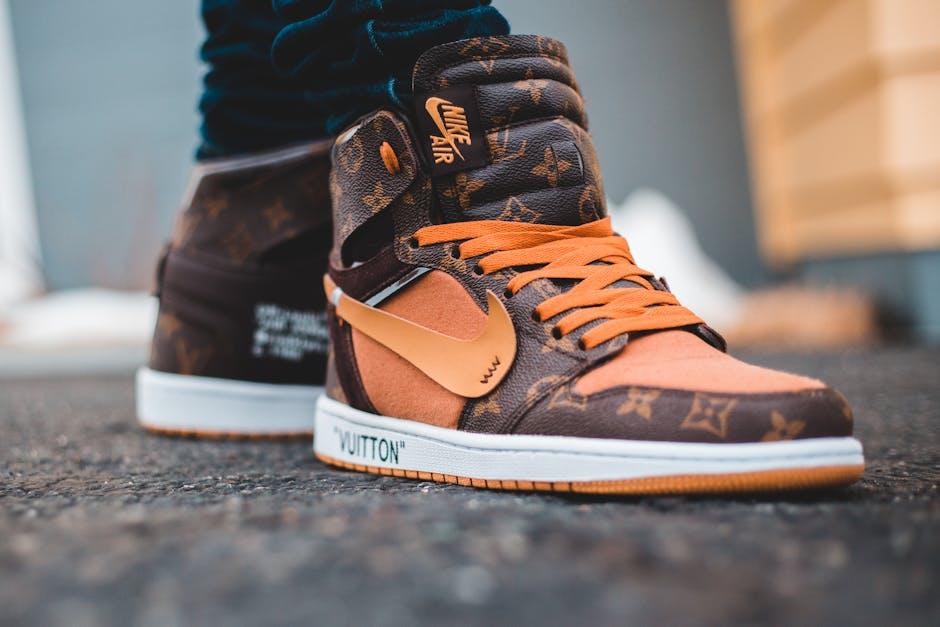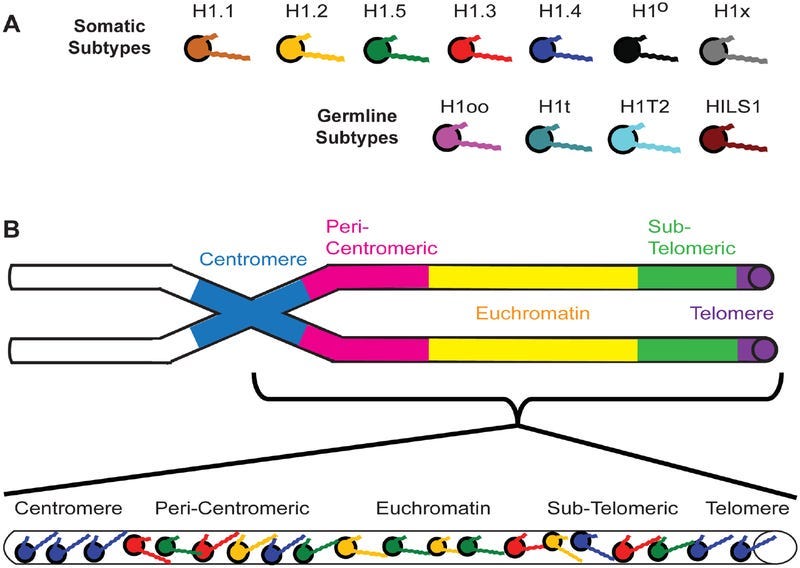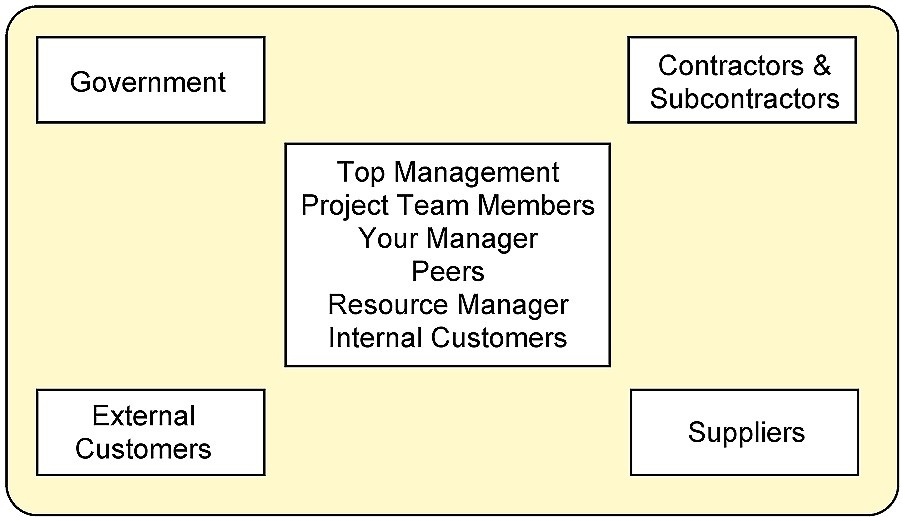
Logo design collaboration with clients can sometimes feel like herding cats – they have their own ideas, opinions, and personalities that can make the process a hair-pulling experience. But fear not, brave designer! With a few handy tips and tricks up your sleeve, you can become a master of logo design collaboration, wrangling those fickle clients into submission (figuratively, of course). So grab your lasso and saddle up, because we’re about to embark on a wild ride towards logo design greatness!
Understanding Client Needs and Vision
Every client is unique, just like a snowflake! And just like with snowflakes, it’s important to understand what makes each client one of a kind. So put on your detective hat, grab your magnifying glass, and get ready to dive deep into their needs and vision.
First things first, spend some time getting to know your client. Ask them questions, listen to their responses, and maybe even throw in a few interpretive dance moves to really get on their wavelength. Remember, it’s not just about hearing what they say, it’s about truly understanding their wants and desires.
Next, take a look at their vision board. No, seriously, a literal vision board. Because nothing says “I mean business” like a glitter-covered collage of dreams and aspirations. Pay attention to the colors, the textures, and the overall vibe they’re going for. This will give you a sneak peek into their creative soul.
Once you feel like you’ve cracked the code of their needs and vision, it’s time to work your magic. Use your creative powers to bring their dreams to life, making sure to incorporate all the little details that will make them feel like you’ve truly nailed it. And remember, the more outrageous the better – after all, who wants a boring, run-of-the-mill project when you can have something truly spectacular?
Establishing Clear Communication Channels
Communication is key! And within your team is crucial for success. Without clear communication, misunderstandings can arise, leading to chaos and confusion.
One way to ensure clear communication is to use the right tools. Whether it’s Slack, Microsoft Teams, or good old-fashioned email, make sure everyone on your team is on the same page about which platform to use for what.
Another important aspect of is setting expectations. Make sure everyone knows who to contact for what, and when. This will help avoid any unnecessary back-and-forth or confusion.
Lastly, don’t forget to encourage open communication. Create an environment where team members feel comfortable speaking up and sharing their thoughts. And remember, communication is a two-way street, so don’t forget to listen as well!

Seeking Feedback and Revisions
So, you’ve read through my latest masterpiece and you’re thinking, “Wow, this is pure genius!” Well, hold your applause because I still need your feedback and revisions to make it even better! Think of it like giving a makeover to an already stunning supermodel – we’re just enhancing the perfection.
Here are a few things to keep in mind as you dive into the world of feedback and revisions:
- Be brutally honest – I can handle it! Constructive criticism is my love language.
- Focus on the big picture – we’re aiming for the stars here, not just the moon.
- Don’t hold back on the praise either – I thrive on positive reinforcement like a houseplant basking in sunlight.
Remember, this is a team effort. We’re in this together, like Batman and Robin, Thelma and Louise, or peanut butter and jelly. So, roll up your sleeves, grab your red pen (or keyboard, if you’re fancy), and let’s make magic happen!

Creating Mockups and Presenting Concepts
So, you’ve got some killer ideas floating around in your head, but how do you bring them to life in a way that gets everyone on board? Enter the world of ! With a dash of creativity and a sprinkle of pizzazz, you can wow your audience and make them feel like they’re witnessing the birth of the next big thing.
First things first, let’s talk about creating mockups. **Mockups are like the cool kid at school - they make everything look good effortlessly**. Whether you’re designing a website, app, or product, mockups are your secret weapon. Use tools like Adobe Photoshop or Sketch to bring your concepts to life in a visually stunning way. **Remember, the more realistic your mockup looks, the easier it is for your audience to envision the final product**.
Now, onto presenting concepts. This is your time to shine, to dazzle, to captivate your audience with your brilliance! **Think of yourself as a magician pulling tricks out of your hat, except instead of rabbits, you’ve got mind-blowing ideas**. Use PowerPoint or Keynote to create engaging presentations that showcase your concepts in a clear and compelling manner. **Don’t be afraid to add a little flair - animations, transitions, and quirky graphics can take your presentation from snooze-fest to showstopper**.
And finally, practice makes perfect. The more you create mockups and present concepts, the better you’ll become at selling your ideas with confidence and flair. **So, roll up your sleeves, unleash your inner design guru, and get ready to knock the socks off your audience with your jaw-dropping creations**. Remember, the world is your mockup – now go out there and conquer it!
Incorporating Client Input for Final Designs
When it comes to final designs, client input can either make or break a project. Here are some tips on how to incorporate client feedback effectively:
Listen carefully to what the client wants, even if it seems like they’re asking for the impossible. Remember, the client is always right (at least in their own mind).
Take their suggestions with a grain of salt and a shot of tequila. Sometimes clients have wild ideas that might just work if given a chance.
- Get creative with compromise: If the client’s vision is way off base, try to find a middle ground that satisfies both parties. Maybe suggest a compromise that incorporates some of their ideas mixed with your own genius.
- Keep them in the loop: Send frequent updates and sneak peeks of the design process to keep the client engaged. This not only shows them that their input is valued but also helps prevent any last-minute changes that could throw off the entire project.
Delivering High-Quality Logo Design Files
So, you’ve finally nailed down the perfect logo design for your business. Congratulations! Now comes the important part – delivering those high-quality logo design files to your client. Don’t panic, we’ve got you covered.
First things first, make sure to save your logo design files in multiple formats to ensure compatibility with different software and platforms. You’ll want to include .ai (Adobe Illustrator), .eps (Encapsulated PostScript), .pdf (Portable Document Format), and of course .png (Portable Network Graphics) files.
When sending over the files, be sure to organize them neatly in a folder with clear labeling. No one wants to dig through a cluttered mess of files just to find the right one. Presentation is key, after all. And don’t forget to zip the folder for easy sharing!
Lastly, don’t skimp on the resolution. Your client will thank you later when their logo looks crisp and professional on all their marketing materials. Aim for 300 DPI (dots per inch) for print files and at least 72 DPI for web files. Trust us, pixelated logos are so 2005.
FAQs
Why is logo design collaboration important with clients?
Clients always have the best design ideas, right? Just kidding! But seriously, involving clients in the design process ensures that the final product meets their vision and needs. Plus, it saves you from endless rounds of revisions!
How can designers effectively communicate with clients during logo design collaboration?
Well, carrier pigeons might not be the most efficient method (although an interesting choice!), but clear and concise communication is key. Use visual examples, mood boards, and even interpretive dance if necessary to ensure everyone is on the same page.
What are some strategies for receiving feedback from clients during logo design collaboration?
Feedback sessions can be a minefield, but fear not! Encourage specific, constructive feedback and remind clients that “I don’t like it” won’t cut it. Positive reinforcement and the occasional bribery with baked goods also work wonders.
How can designers maintain creative control while collaborating with clients on logo design?
Ah, the delicate balance of creative freedom and client input. Set boundaries from the start, establish trust with your clients, and gently nudge them in the right direction when necessary. And remember, sometimes you gotta pick your battles.
What are the benefits of incorporating client feedback into logo design collaboration?
Aside from avoiding angry clients wielding pitchforks (kidding…maybe), incorporating client feedback shows that you value their opinions and builds a stronger working relationship. Plus, a happy client is a repeat client!
Ready to Rock Your Logo Design Collaboration?
Congratulations! You are now armed with the knowledge and skills to conquer the world of logo design collaboration with clients. So go forth, brave designer, and create stunning logos that will leave your clients speechless (in a good way, of course). Remember, communication is key, creativity is your best friend, and collaboration makes the magic happen. Now go, and may all your collaborations be fruitful and full of high-fives!











